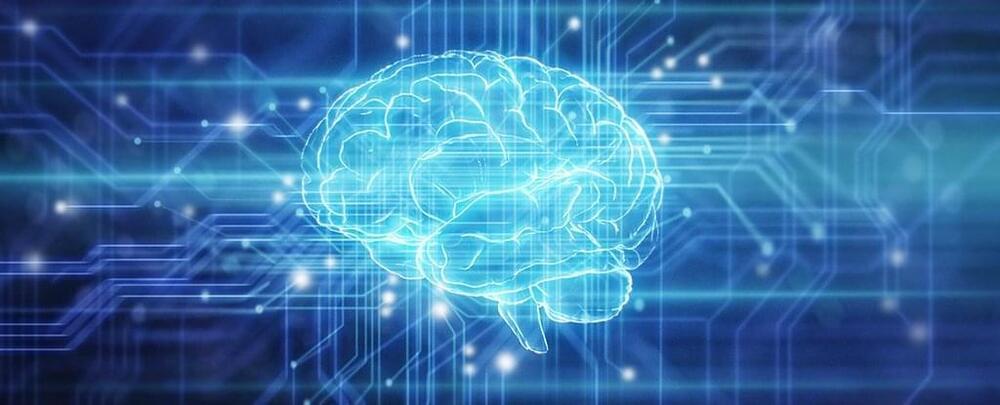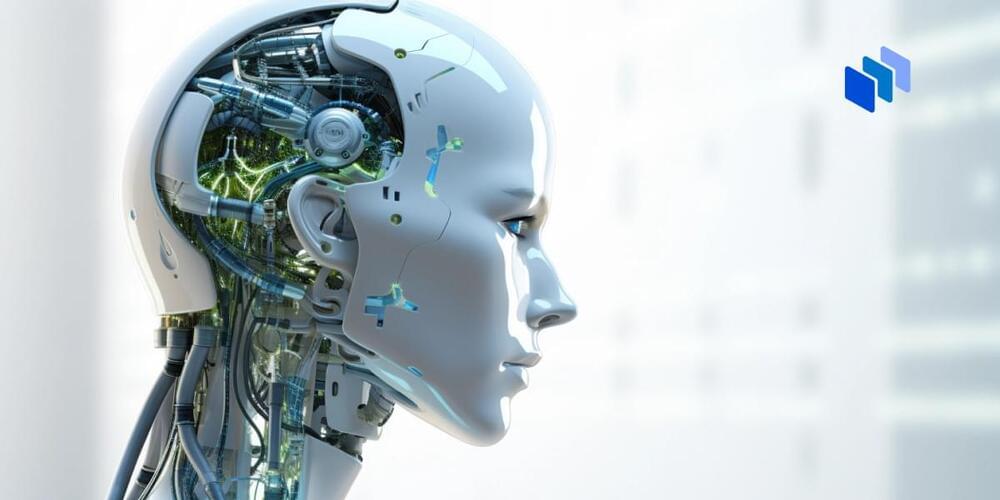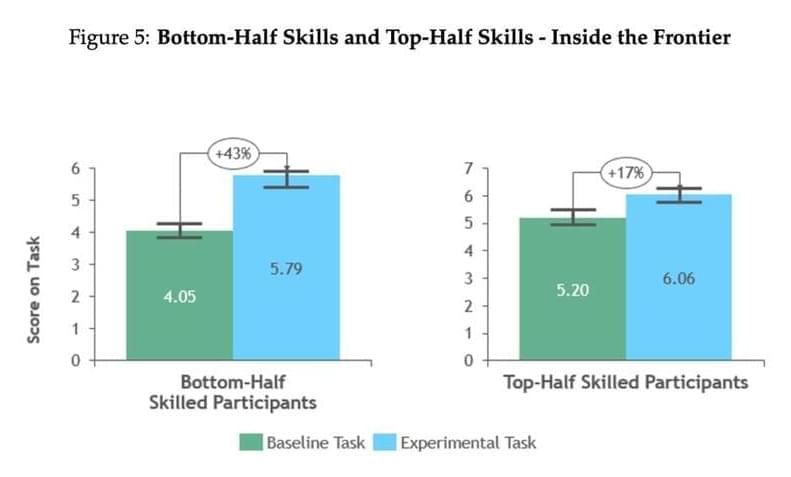Japanese researchers hope that a made-in-Japan AI chatbot could help to accelerate science.
Best known for automobiles and consumer electronics, Japan has fallen behind on recent technology trends like artificial intelligence. Its scientists believe that as the country’s population shrinks, Japan will have a strong incentive to make great leaps in AI and robotics to maintain productivity.
Although ChatGPT is being used by Japanese municipalities to carry out governmental work, Japanese scientists say that the country needs to come up with its own version of ChatGPT.








